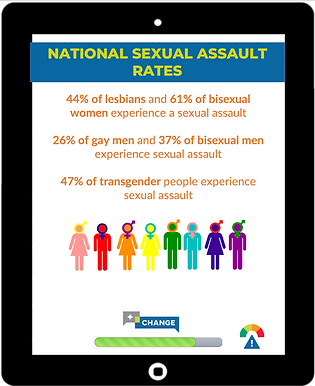Content Creation + Strategy
As a Behavioral Interventionist in the Pennington Diabetes Clinic, I created resources for clinic patients providing psychoeducation on sleep, nutrition, physical activity, and mental health. I tailored resources to patients based on their needs and interests, increasing patient satisfaction and providing clinicians with readily available learning materials. While delivering telehealth services in the clinic, I also distributed a weekly newsletter to patients along with short, encouraging messages to keep them engaged in the program and connected to our community during the COVID-19 pandemic.



Designing user journeys:
Onboarding for a sleep health program + educational content for teens
Crafting cohesive content

Leveraging curiosity
Most people feel that they could improve their sleep in some way, but don't know where to start. I worked with a cross-functional team of product designers, engineers, and subject matter experts to create an onboarding journey for members that started with the basics and ended with personalized, actionable results.

Explaining the basics
Sleep duration, timing, and quality are the main components of members' personalized sleep reports, so we took the time to explain what they are and why they matter in relatable terms, instead of assuming they would know.

Debunking common misconceptions
One of the biggest things I've learned about sleep disorders is that many times, people are unaware that they have a problem. We used human-center messaging to help them understand that snoring is a sign of sleep apnea, prompting them to continue exploring their sleep.

Providing context
Our team developed a short onboarding questionnaire to gather insights about each member's sleep patterns, giving them context about why we were asking.
Using data and statistics to shape content


From psychology research to content design
At Georgia State University, I developed intervention content from beginning to end for teens at risk of substance use. I also spearheaded a community advisory board to gather direct feedback from participants that helped inform content decisions.




Communicating about sensitive topics
My experience working on NIH-funded grants at Georgia State University gave me the skillset to communicate accurately and tactfully about sensitive topics, while writing at a 5th grade level to a specific user group (teens).